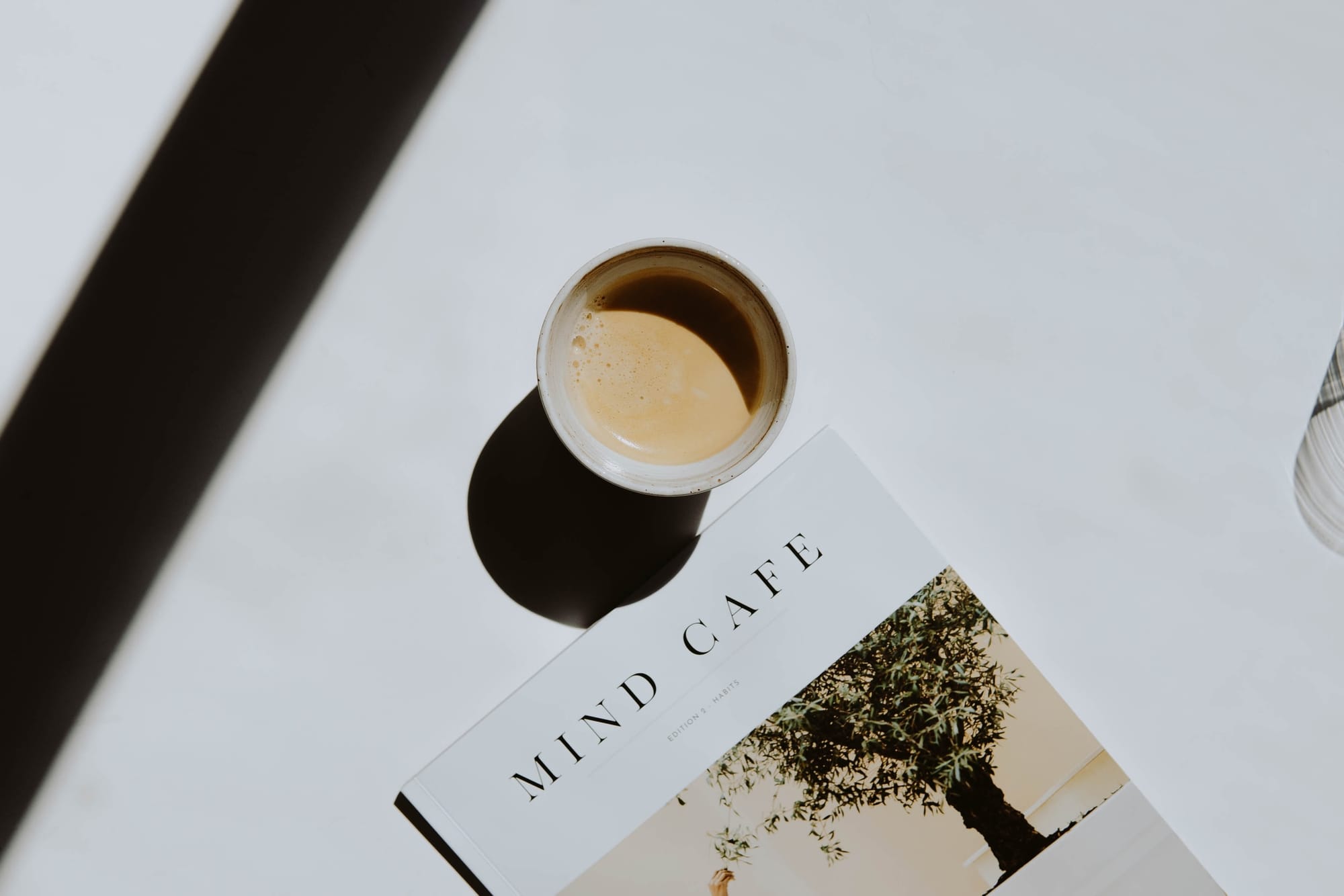Cognitive Behaviour Therapy techniques you can use at home.

Jason Brien.
Cognitive Behaviour Therapy (CBT) is a therapeutic approach which focuses on confronting and altering cognitive distortions, irrational beliefs and maladaptive behaviours along with improving emotional regulation. CBT has been proven as an effective treatment approach for a wide range of mental health conditions such as trauma, anxiety, depression, PTSD, alcohol and substance misuse and many more. Let’s look at some CBT strategies you can use to help improve your own mental health.
Cognitive reframing/restructuring: This technique is centred around improving cognitive flexibility. The more flexible your thinking is, the less you will hyperfocus and fixate on single thoughts. For example, your friend promised to call at 6pm and its now 7pm and the phone still hasn’t rung. You can easily turn yourself into an emotional wreck by hyper focusing and fixating on the thought or belief that your friend no longer likes you or you can use cognitive reframing to think the event out. Maybe your friend got stuck at work or traffic. Maybe they are busy cooking dinner. Maybe they are just not assertive enough to give you a heads up. There could be many reasons but you can only contemplate those reasons if you are cognitively flexible.
Thought and mood journals: Keeping track of your day-to-day thoughts, emotions and behaviours will allow you to see connections between them. It is also a great way to increase your self-awareness. You may for example begin to recognise that every Tuesday afternoon you feel sad, are thinking negative thoughts and you are behaving impulsively or recklessly. It just so happens that on Tuesday afternoons you have to visit your parents which is trigger childhood trauma and chronic feelings of paternal invalidation. Making connections between your internal states and external events can really help you to identify potential triggers.
Activity scheduling: If anxiety, fears or procrastination prevents you from getting things done, it may help you to meet and conquer your commitments by writing them down in a diary, calendar or personal organiser. The physical act of scheduling the commitment onto paper or technology relieves you of the burden of having to make decisions as the decision has already been made. This strategy can also help you to create and maintain organisation and time keeping skills. Like anything, the more that you practice, the better you will become and the more natural the strategy will feel.
Relaxation techniques: It is hard to regulate your emotions and slow down your mind and thoughts when you are always anxious and in a hypervigilant state. Relaxation techniques can also help you to increase self-awareness and mindfulness which will ultimately improve your ability to notice cognitive and emotional states. Some relaxation strategies to try are meditation, progressive muscle relaxation, deep breathing exercises, hypnotherapy, grounding exercises, guided imagery and many more. Again, practicing these relaxation strategies on a regular basis will help you to experience the benefits.
The SOLVED technique: This strategy is used to improve problem solving skills and helps you to think things out and prevent impulsiveness and procrastination. S- Select a problem that you want to solve. O- OPEN your mind to all potential solutions by brainstorming. L- List the pros and cons of each potential solution you come up with. V- Verify the best solution and decide which choices are practical, desirable and realistic. E- Enact the plan. D-Decide if the plan worked.
Exposure: Avoidance coping will provide short-term emotional release but the avoidance will end up perpetuating your problems for much longer than is necessary. Gradually becoming exposed to that which scares or distresses you the most can help you to break the connections between fear and anxiety-based thoughts, feelings and behaviours. The more you avoid the things you dislike, the more you reinforce the stress and distress. This notion may seem counterintuitive but it is backed up by empirical research.
Behavioural experiments: This strategy is along similar lines to exposure but is specifically designed to challenge catastrophic thinking. Catastrophic thinking often underlies trauma, anxiety and fear-based thoughts. For example, if I go outside today I might get hit by a car. Or, my friend hasn’t called me because they died of a heart attack. Catastrophic thinking involves making extreme predictions of what ‘will’ occur and then that prediction is used to avoid the activity. By performing a behaviour and completing the behaviour to its fullest, you can then examine how ‘accurate’ your prediction was.
CBT is one of the most effective mental health approaches available but like anything, it is not the be all to end all. CBT is for example is not as effective for people who suffer from severe, chronic invalidation. For these people, Dialectical Behaviour Therapy is more effective. The other advantage of CBT is that the strategies can be completed at home and not all of the CBT strategies require a therapist in order for the strategies to be effective. It is always important however to seek out professional help and support when it comes to mental health.
Resources.
https://www.ncbi.nlm.nih.gov/pmc/articles/PMC3584580/
https://www.ncbi.nlm.nih.gov/pmc/articles/PMC5797481/
https://journals.sagepub.com/doi/full/10.1177/1755738012471029